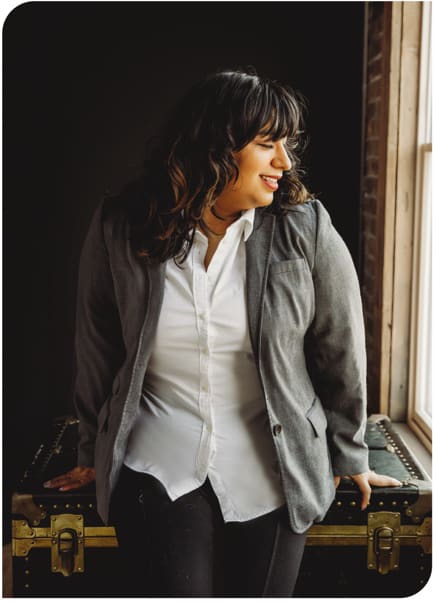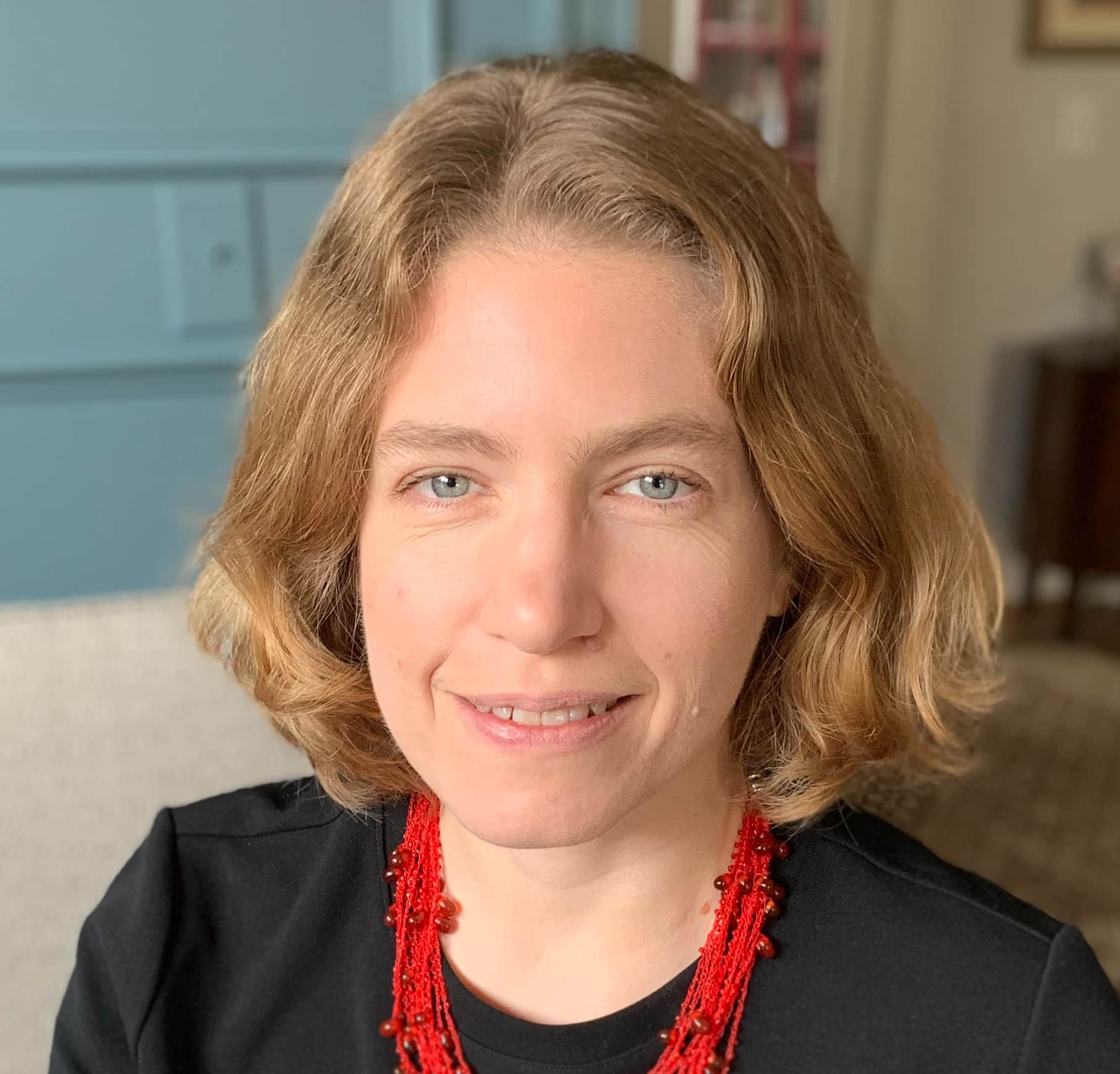As diagnoses skyrocket, adults with attention disorders learn to cope
Kristiana Jorge calls her North Side home “ADHD friendly.” She places sticky notes in strategic spots as reminders to clean the refrigerator or buy cereal. And she relies on timers to keep her on track, limiting video game play to an hour before she moves on to chores or homework.
Jorge, 29, has fine-tuned strategies like these since first being diagnosed with attention-deficit/hyperactivity disorder (ADHD) at age 10. The neurodevelopmental disorder can make people distracted, forgetful, impulsive, and hyperactive.

And while many people consider it a children’s disorder that kids eventually grow out of, that’s a misconception.
Kids with ADHD become adults with ADHD, says Peter Jaksa, PhD, a licensed clinical psychologist and founder and clinical director of ADHD Center in Chicago. Yet, adults might have symptoms that look different from those in a stereotypical hyperactive grade schooler.
In fact, a growing number of adults are being diagnosed for the first time as grown-ups. ADHD diagnoses in adults have skyrocketed more than four times faster than those in children — up 123% in adults, compared to increasing 26% in children from 2007 to 2016, according to a study in JAMA Network Open.
As an adult nearly two decades after her diagnosis, Jorge calls managing her own symptoms a “full-time job.” But it’s important to find the strategies required to manage — and even take advantage of — the symptoms, she says. “With ADHD, it really is our responsibility to be on top of ourselves.”
All in the family
For many of today’s adults, doctors weren’t even diagnosing ADHD when they were children. The term wasn’t coined until the 1980s, and it gained widespread media attention in the 1990s. Today, a boom in awareness, including via social media, is fueling increases in ADHD diagnoses among adults, Jaksa says.
ADHD runs in families. In some cases, a child’s diagnosis prompts an evaluation of a parent.
When Jaksa evaluates children, he meets with their family during the feedback session. Often, a parent sees themselves in the conversation. “One parent will have a reaction of, ‘Oh, sounds like me,’” Jaksa says.
Kids and adults with ADHD face many of the same challenges, Jaksa says. They can be distractible. Procrastination and forgetfulness are chronic problems. But, by the time children with ADHD move into their late teens and early 20s, they tend to become less hyperactive and impulsive, Jaksa says.
And, like Jorge, they may have developed coping mechanisms that help them curb procrastination and distraction. Whether intentional or not, they may settle on a career that allows them to be intuitive or to jump from one issue to the next. That’s partly why Jorge is a preschool teacher. “A 9-to-5 where I’m on the computer doesn’t work for me because I get very frustrated,” she says.
In some cases, adults with ADHD may have gone undiagnosed because they had the supports at home and developed enough strategies to do fine in life — until they couldn’t keep up any longer. “Sometimes they just reach a ceiling where their natural talents and
abilities are no longer sufficient to be as productive as they need to be,” Jaksa says.
Introspection required
When ADHD isn’t managed well, it can trigger a host of problems. Research shows that adults with ADHD are more likely to abuse drugs and alcohol, experi- ence depression and anxiety, have trouble keeping a job, and experience relation-ship difficulties. That’s why accurate diagnosis and targeted treatment are so important.
“A 9-to-5 where I’m on the computer doesn’t work for me because I get very frustrated.”
Diagnosis requires introspection and feedback from trusted friends and family as well consultation with a trained clinician, says Teri Hull, PhD, a licensed clinical psychologist at Rush University Medical Center. Does the person feel scattered and disorganized? Do they have trouble sitting through a one-hour lunch with friends? Are they creating so many lists to keep themselves on task that they don’t have time to do anything else?
An adult’s parents can point to signs
of longstanding issues that emerged during childhood. And partners, roommates, or co-workers might be able to note other challenges. From there, working with a therapist, psychologist, or other specialist with experience supporting adults with ADHD is critical, Hull says. These professionals can help individuals tease out struggles to determine what’s driving them and what to do next.
Treatment depends on the individual and the severity of the ADHD symptoms. It can include medication, such as stimu- lants that increase dopamine levels in the brain. Behavioral therapy to address time management issues, procras-tination, and other ADHD symptoms also helps.
So do regular aerobic exercise, adequate sleep, and healthy eating.
“All of that is imperative to an ADHD individual’s functioning,” Hull says.
‘Be my authentic self’
Medication helped Jorge with her symptoms as a child, but she stopped taking it a couple of years ago. Now, she relies on regular therapy sessions and coping strategies like those sticky notes and timers.
At times, she’s been haunted by the stigma of ADHD — facing worries from others that she might be too distracted to care for kids, for example.
But these days, she sees ADHD as a tool, not a disability. It allowed her, for example, to hyperfocus, or focus intently, on writing a book of poems about her difficult childhood. She published the book, called Haunted Houses, in 2021 and now hopes to write a children’s book to empower kids with ADHD.
“I feel like it’s my responsibility to be my authentic self, so that other people can,” Jorge says.
Originally published in the Spring/Summer 2022 print issue.

Sarah Lindenfeld Hall is a longtime journalist, specializing in aging, parenting, caregiving, health, and business management topics.












